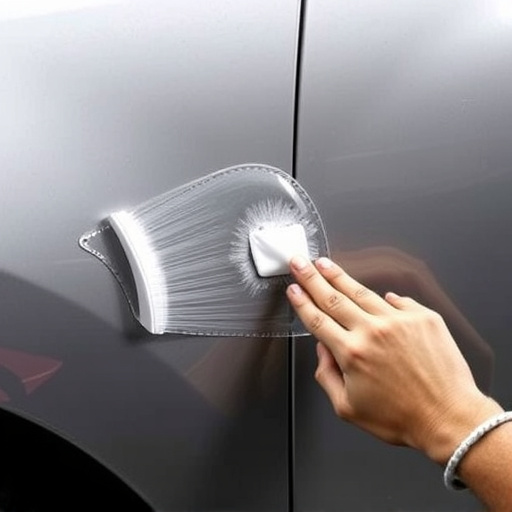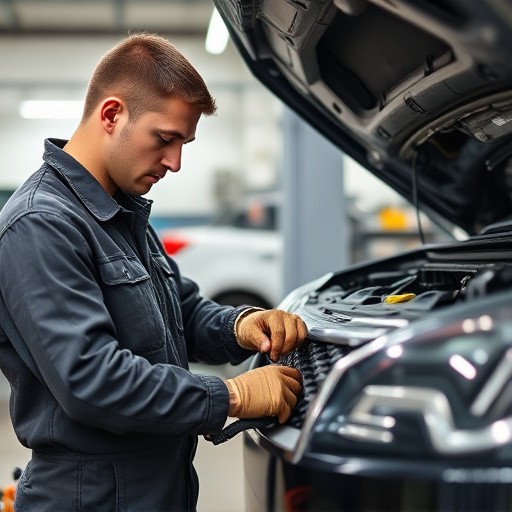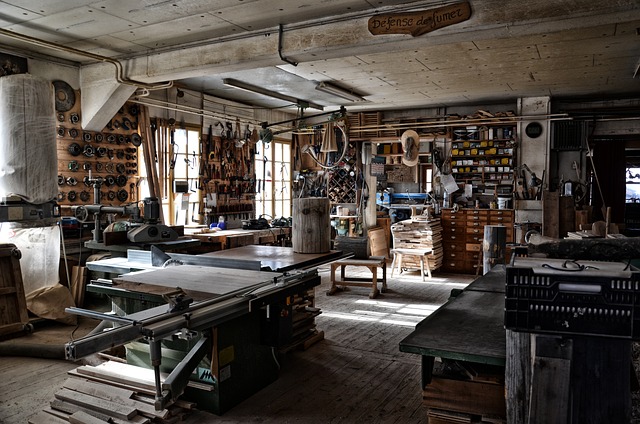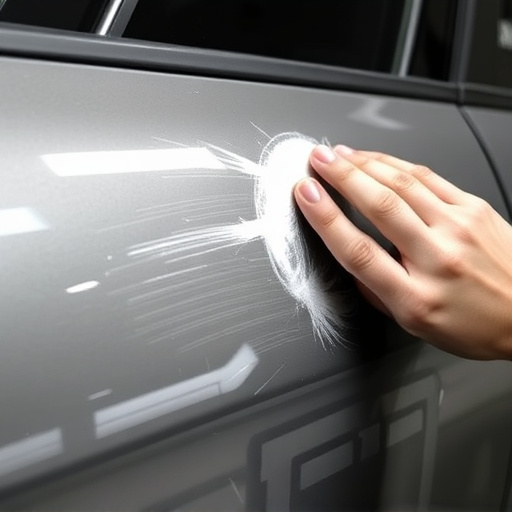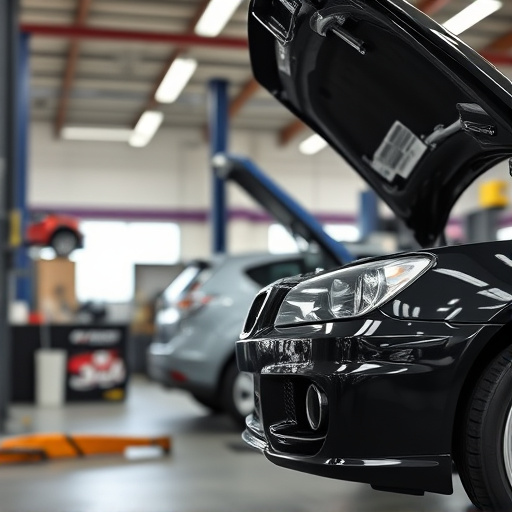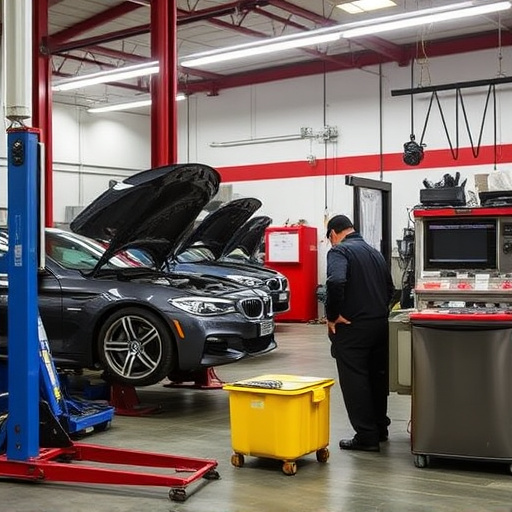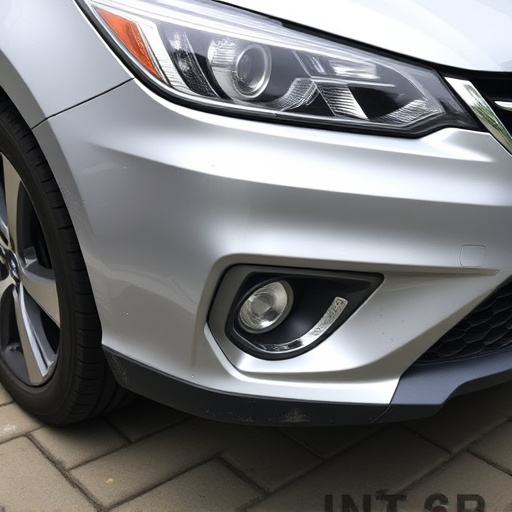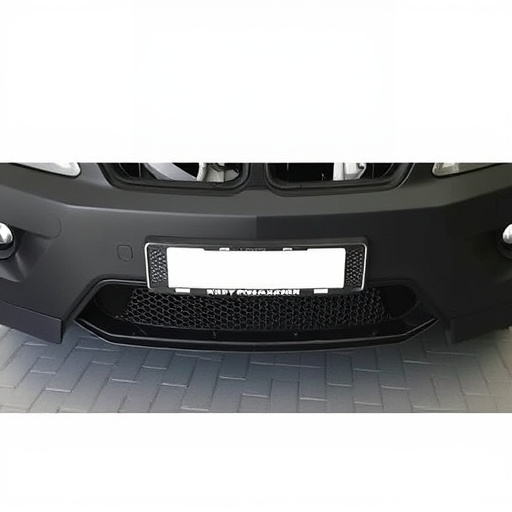Effective corrosion protection procedures, tailored to metal types and environmental factors, prevent structural damage and maintain vehicle aesthetics. These include thorough preparation, priming, and high-quality coatings, with regular reapplication for optimal defense against corrosive substances in humid or coastal areas.
In the realm of repairs, corrosion is an unwelcome guest that can compromise structural integrity and aesthetics. Understanding when to employ corrosion protection procedures is paramount for durable outcomes. This article guides you through the process, starting with assessing repair needs when corrosion strikes. We delve into understanding materials and selecting the right protection methods, followed by optimal application techniques to ensure longevity. By adhering to these corrosion protection procedures, folks can prevent premature damage and foster a robust, long-lasting fix.
- Assessing Repair Needs: When Corrosion Strikes
- Understanding Materials: Choosing the Right Protection
- Optimal Application: Ensuring Longevity and Preventive Care
Assessing Repair Needs: When Corrosion Strikes
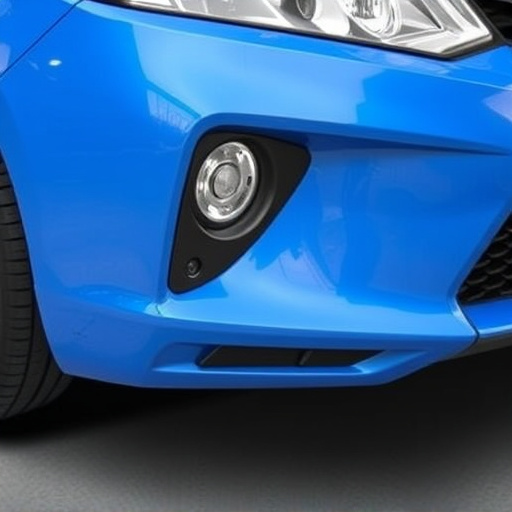
When a vehicle experiences damage, whether from an accident at a collision repair center or routine wear and tear, assessing the repair needs is crucial. One of the most pressing considerations during this evaluation is the presence and extent of corrosion. Corrosion protection procedures should be initiated as soon as corrosion strikes to prevent further deterioration and ensure long-lasting repairs.
In an auto repair shop, corrosion can manifest in various forms, from rust on metal surfaces to damaged or peeling paint jobs. Auto painting services often become necessary due to corrosion’s impact on a vehicle’s aesthetic appeal and structural integrity. Promptly identifying these issues allows mechanics to implement appropriate corrosion protection measures, ensuring that the final repair is both functional and visually appealing.
Understanding Materials: Choosing the Right Protection
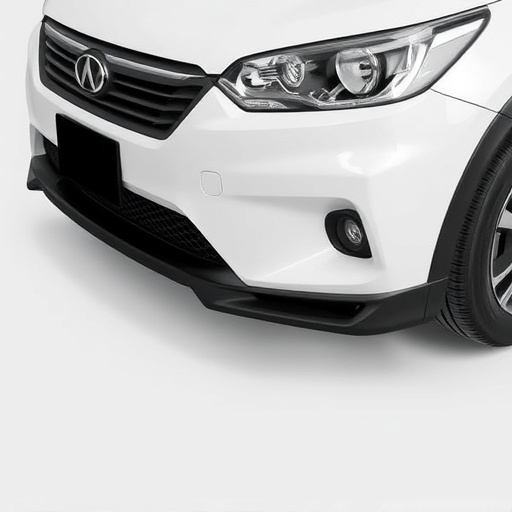
Understanding the materials involved is a crucial step when considering corrosion protection procedures for any vehicle bodywork or automotive restoration project. Different metals and alloys have varying levels of susceptibility to corrosion, so selecting the appropriate protection method is essential. For instance, while steel is commonly used in car frames, it’s more prone to rusting than aluminum or stainless steel. Thus, a collision repair shop should choose corrosion inhibitors tailored to each material’s unique properties.
Choosing the right corrosion protection involves assessing factors like the environment the vehicle will be exposed to, its age, and the extent of damage. In some cases, simply repairing and painting the affected area might suffice, whereas more severe situations may require underbody coating or even complete surface treatment. The goal is to ensure long-lasting results in automotive restoration projects, preventing future corrosion and maintaining the vehicle’s structural integrity.
Optimal Application: Ensuring Longevity and Preventive Care
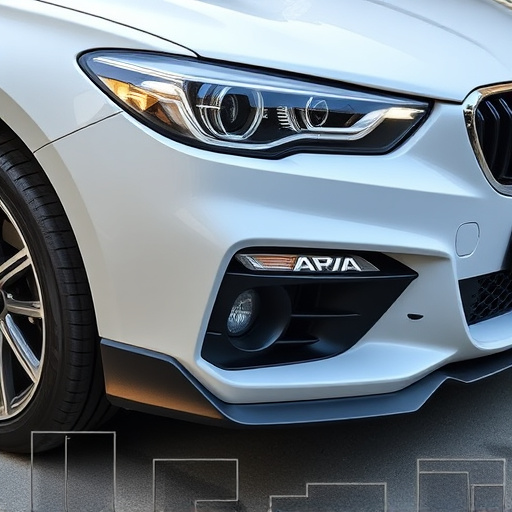
Applying corrosion protection procedures during auto body repairs is an often overlooked yet vital step in ensuring longevity and preventive care for vehicles. It’s not just about aesthetics; protecting the metal surface from corrosive elements significantly delays the onset of rust and other forms of deterioration, safeguarding the vehicle’s structural integrity. This becomes especially crucial in regions with high humidity or frequent exposure to salt water, common challenges faced by folks living near coasts or dealing with snowy winters.
Optimal application involves thorough preparation of the repair area, priming, and subsequent coating with quality corrosion protection products tailored for auto body repairs and vehicle dent repair scenarios. This multi-step process creates a protective barrier that not only guards against corrosive substances but also facilitates easier future maintenance. Remember, regular upkeep, including reapplication after extensive auto painting sessions or major repairs, is key to maintaining this defense mechanism, ensuring your vehicle remains in top shape for years to come.
Corrosion is an inevitable part of metal structures, but proper timing and application of corrosion protection procedures during repairs can significantly extend their lifespan. By assessing repair needs early on, understanding material vulnerabilities, and employing optimal application methods, you can ensure that corrosion doesn’t become a recurring issue. Choosing the right protective coatings or treatments tailored to specific materials is key to preventing future damage and promoting longevity in your structures.
